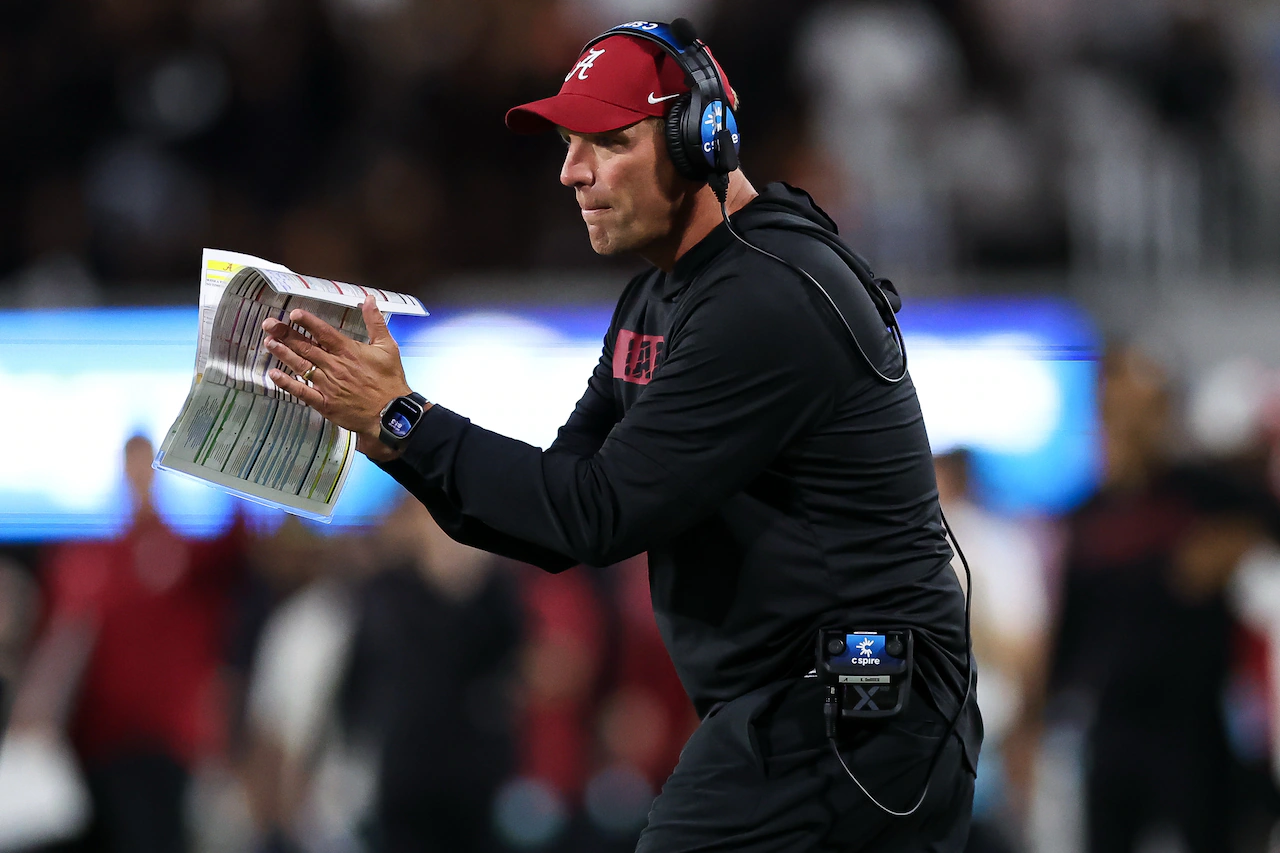Copyright theconversation

In July 2025, a letter from an English city council neighbourhood services officer circulated on social media. It read: “We have received complaints about young children playing ball games on the main road and streets. This can cause damage to vehicles and property. If your child is playing ball games on the road, please speak with them and prevent them from doing this. It’s unsafe for children to be playing in the roads. It is also causing a disturbance for other residents on the street. There are plenty of local parks where children can be taken to play safely … Please utilise these.” This letter gets right to the heart of debates about children’s right to play and their right to the street. It ignores the fact that cars have encroached onto streets, which had previously been regarded as social spaces, not the other way round. It is really only in recent decades that drivers have been seen as the primary – or only – legitimate users of street space. It assumes that children should be “taken” to designated play spaces, rather than allowing for the possibility that children should be able to access playable space without adults. And, finally, it fails to acknowledge that parks and other green spaces afford only certain kinds of play, and that children demand – and deserve – diverse spaces for diverse forms of play, not just ball games, swings and slides. Complaints such as these, directed to local newspapers, councils, parents and others, have appeared for more than 100 years, since 19th-century and early 20th-century campaigners sought to remove children’s play from streets. They reflect a recurring question in children’s play: whether children should only play in designated, often green, spaces, or if they should be able to play throughout their neighbourhoods, in “grey spaces” such as streets, car parks, back alleys and pavements. The idea of grey spaces, developed in the context of skateboarding research, conveys both the colours of the urban environment and the ambivalence and liminality of urban space. Read more: Children need the freedom to play on driveways and streets again – here's how to make it happen My research into both play streets and the wider geographies of neighbourhood play seeks to highlight the particular value of grey space for children’s play. I argue for play in grey space, despite the insistent promotion of green space. Streets and other “grey” spaces, such as car parks, pavements and back alleys, have historically been the places where children predominantly played, both before and after the emergence of playgrounds. These are also the spaces in which children choose to play, when the conditions are right. These are the spaces that remain most accessible for children in all sorts of diverse places across the world. This is especially the case for children living in neighbourhoods facing intersecting disadvantage, such as poverty, racism and environmental injustice. My research has highlighted a number of particular and valuable features of play in grey space. When playable grey spaces are located near to children’s homes, they can come and go more easily. They can bring indoor toys and other play equipment into their outdoor play. It allows for distanced supervision by adults, and gives opportunities to make the most of small bits of time – between chores, homework and scheduled commitments. Play in grey spaces on streets and in neighbourhoods allows children to build friendships and other relationships with neighbours of all ages. Neighbourhood play can create spaces of care, offering children and their families a sense of belonging and familiarity on their doorsteps. The form of grey spaces – slopes, kerbs, cambers, walls, potholes, lampposts, weeds, puddles, fences, plants, bumps and surfaces – offers hugely varied play environments. It often offers more than designated play spaces, indoor or outdoor. Through playing in these urban grey spaces, children enact their right to play and their right to the city. This play has the potential to reinforce their connection to their neighbourhoods, their sense that they belong and have the right to use the spaces on their doorsteps. Children’s play also animates grey spaces. It brings both literal colour, through toys, chalking and colourful bodies, but also life, emotion and engagement. The possibility of – and challenges associated with – play in grey space can open up wider local conversations about inequalities of access to doorstep space, highlighting questions of social, spatial and environmental justice. Read more: How to give children the freedom to play all across the city – not just in playgrounds If we fail to value and enable play in grey spaces, we are ignoring – and devaluing – spaces that afford not only diverse and accessible play opportunities, but also the potential for valuable spaces of connection and care. The singular valuing of green space for children’s play rests on particular ideas of children, childhood and play. It shifts political and financial attention away from the everyday spaces of urban play.



